Growing greens is a favorite activity for both amateur gardeners and professionals. This is primarily due to the fact that greens can be harvested quickly and almost year-round. One great option is summer cultivation.
By mid-summer, many gardeners have already harvested the main crop from their first planting cycle, leaving fields or garden beds vacant. A great way to utilize this space is to sow greens. They are relatively easy to grow and provide great benefits.
The best greens to grow during this period include lettuce, spinach, dill, cilantro, basil and arugula.
- Lettuce
- Seedling Preparation
- Soil, Crop Rotation, and Companion Plants
- Cultivation and Protection
- Spinach
- Growing Conditions
- Predecessors and Neighbors
- Cultivation Technology
- Dill
- Predecessors and Neighbors
- Cultivation
- Cilantro (Coriander)
- Predecessors and Neighbors
- Cultivation
- Basil
- Predecessors and Neighbors
- Cultivation
- Arugula
- Predecessors and Neighbors
- Cultivation
Lettuce
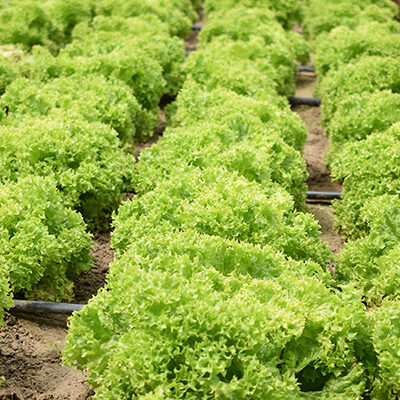
Lettuce can be grown year-round, with only the planting location changing depending on the season. During summer, open field planting is preferred.
Select varieties and hybrids that are bolt-resistant and tolerate high temperatures.
Leafy varieties are ideal as they mature faster than head lettuce.
However, some head lettuces (e.g., Iceberg types) are also suitable for summer if cultivated correctly.
Seedling Preparation
Growing lettuce seedlings is more efficient than direct seeding. It requires less seed and allows for better control of growth at early stages. Use trays and special peat mixtures. Sow seeds 0.5 cm deep, cover with soil, and optionally add sand or vermiculite. Water thoroughly after sowing.
Keep trays moist, ideally watering twice daily. If using pellet seeds, ensure the coating is well-soaked. Grow seedlings at 17–20°C with around 85% humidity. In warm weather, seedlings are ready for transplanting in 17–20 days.
Soil, Crop Rotation, and Companion Plants
Lettuce grows best in light sandy soils, which drain well and don’t form crusts, helping prevent fungal diseases. Return lettuce to the same spot only after three years. Good predecessors include cabbage, peppers, tomatoes, potatoes, grains, and green manure crops.
Avoid growing near carrots, beets, parsley, pumpkin, and celery. Good companions include cucumbers, spinach, peas, cabbage, and onions.
Cultivation and Protection
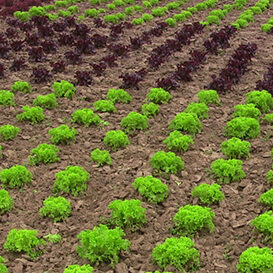
Harden off seedlings before planting. Plant in moist, level soil with seedlings slightly above ground level. Spacing depends on lettuce type. Maintain regular watering and weeding. Use drip or sprinkler irrigation for larger fields.
Lettuce needs micronutrients: use ammonium nitrate for leafy varieties and potassium/calcium nitrate for head types. Provide shade when necessary to avoid heat stress.
Common diseases include gray and white mold, bacterial rot, damping-off, downy mildew, and mosaic virus. Aphids are the main pests. Practice preventive measures and use biological controls like Actofit.
Spinach
Spinach is rich in calcium, iodine, vitamin C, and iron. It can be eaten fresh or cooked. Though not yet widely popular in Ukraine, it is easy to grow.
Growing Conditions
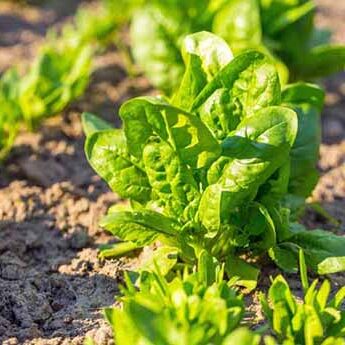
Spinach is cold-tolerant but suffers in excessive heat, which causes bolting and small leaves. Choose bolt-resistant varieties for summer.
It also requires moisture-dry conditions that cause yellowing and toughness.
For good yields, choose light loamy or sandy soils with neutral pH.
In southern Ukraine, use drip irrigation or sow in fall.
Predecessors and Neighbors
Good predecessors: beans, cabbage, potatoes, and organically fertilized crops. Avoid planting near pumpkins, tomatoes, and other legumes. Good companions: turnips, radishes, cucumbers, cabbage, and carrots.
Cultivation Technology
Sow spinach in early August. Use 300–500g of seeds per 100m², increasing by 10–20% in summer. Sow 2–3 cm deep in moist, leveled soil, spacing 45×20 cm. Germination takes 7–12 days. Maintain moderate watering, weed regularly, and loosen soil.

Harvest when plants have 6–12 leaves. Yield period: 10–12 days depending on conditions.
Dill
Though usually sown in spring, dill can also be grown in summer for fresh greens. Summer dill is less suitable for pickling but great for culinary use.
Predecessors and Neighbors
Sow dill after cucumbers, beets, beans, or cabbage. Avoid planting near garlic or after carrots. Dill grows well with cabbage, cucumbers, and tomatoes, repelling insects and enhancing flavors.
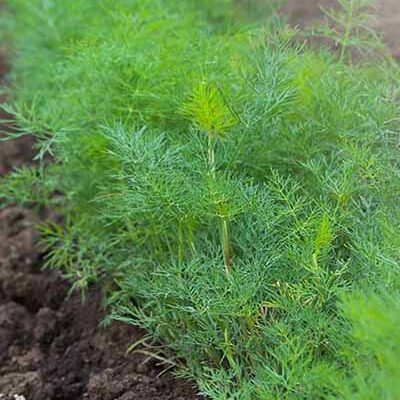
Cultivation
Dill prefers sunny, hot, and dry conditions. It needs good watering during sowing, but infrequent watering afterward.
Prepare soil with compost or manure. Use a spacing of 40×5–10 cm or 40+15+15+15+15 with drip irrigation.
Sow seeds 1–2 cm deep, cover with soil, and water gently. Weed and loosen soil frequently. In summer, dill germinates in 10–14 days. Thin dense plantings and harvest in 30 days.
Cilantro (Coriander)
Coriander can be grown for seeds or greens. In summer, it’s better suited for fresh greens due to faster growth and easier care.
Predecessors and Neighbors
Best neighbors: onions, cabbage, root crops, cucumbers. Good predecessors: beans, cereals, early cabbage, onions, tomatoes, peppers, pumpkins. Avoid planting after carrots, celery, fennel, dill, and turnips.
Cultivation
Choose sunny, fertile sites. Coriander needs light for essential oil production. Sow 1–1.5 cm deep with 30×10 cm spacing. Thin rows after germination.
Water once a week during dry weather. For greens, harvest before budding. During extreme heat, water to lower temperature. Harvest at 15–20 cm plant height. After harvesting, fertilize to stimulate regrowth.

Basil
Fragrant basil grows well year-round in open fields, greenhouses, or indoors. Choose green or purple types. Cultivation is similar for both.
Predecessors and Neighbors
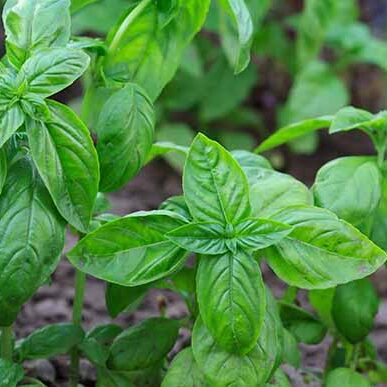
Best predecessors: grains, legumes, beets, corn, sunflowers, potatoes. Avoid planting after cabbage, radish, or turnips. Good companions: beans, asparagus, peppers, tomatoes. Avoid flowers like marigolds.
Cultivation
In summer, sow directly in soil. Sow seeds 1–1.5 cm deep. Germination occurs in 8–10 days. Recommended spacing is 30×25 cm for seedlings. If sown directly, thin at 2–3 leaves (5 cm apart), then again at 5–6 leaves (5 plants/meter).
Loosen, weed, and water regularly. Fertilize with nitrogen, phosphorus, and potassium. Harvest leaves at 10–15 cm plant height. For drying, wait until flowering, then cut and dry in bundles.
Arugula
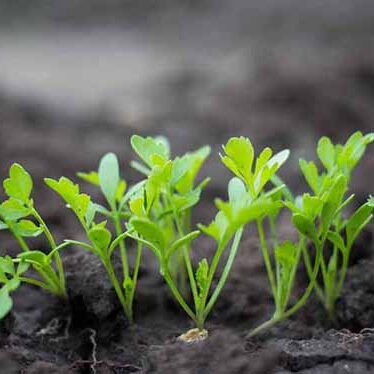
Arugula is rarely grown alone. It works best in mixed plantings or salad mixes, adding a spicy note.
Predecessors and Neighbors
Best neighbors: cucumbers, tomatoes, head lettuce, peas. Good predecessors: tomatoes, carrots, beans, pumpkins, potatoes. Avoid planting after cabbage, radish, or other brassicas.
Cultivation
Prefers light, neutral soils and partial shade (sun in the morning, shade in the afternoon).
Follow these rules:
- Water regularly, especially during hot weather.
- Weed to prevent competition.
- Loosen soil for good aeration.
- No fertilization needed, but add compost occasionally.
Common diseases: fusarium, downy mildew. Pest: aphids. Use preventive methods and biocontrols like ash or thorough soil tilling.
If you have found a spelling error, please, notify us by selecting that text and pressing Ctrl+Enter.

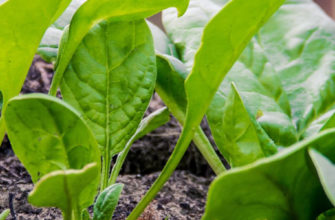
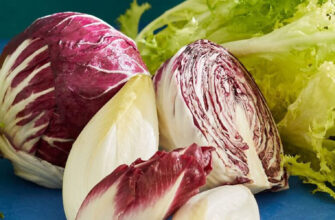
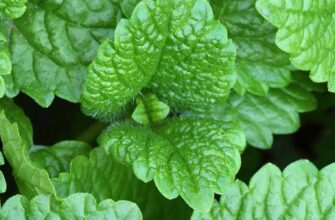
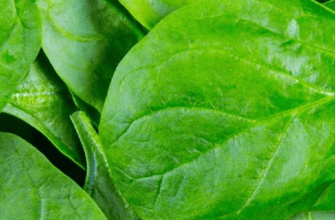
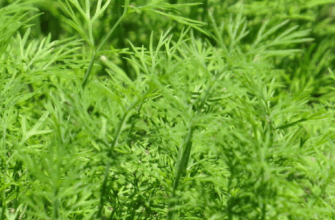
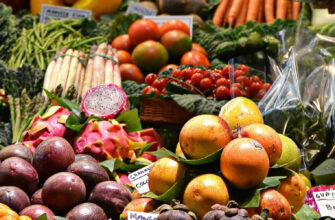
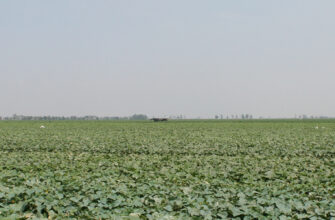
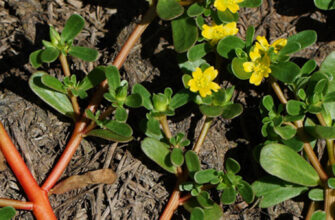
Good afternoon! If you plant herbs between the cucumber bushes, such as dill, parsley, onions, arugula, and garlic, can you eat these herbs if you treat the cucumbers with Actofit every seven days?
Good day! First of all, with this method of cultivation, it should be taken into account that cucumbers need intensive nutrition with fertilizers. Therefore, if you apply large doses of fertilizers, they will feed the Greens planted between cucumbers. Because of this, you need to make sure that nitrates do not accumulate in the Greens.
Actofit belongs to biologics with a low toxicity class. But since it is completely destroyed after 48 hours, greens for food can be collected no earlier than 2 days after spraying.
Thank you very much Maria! For an appropriate response.